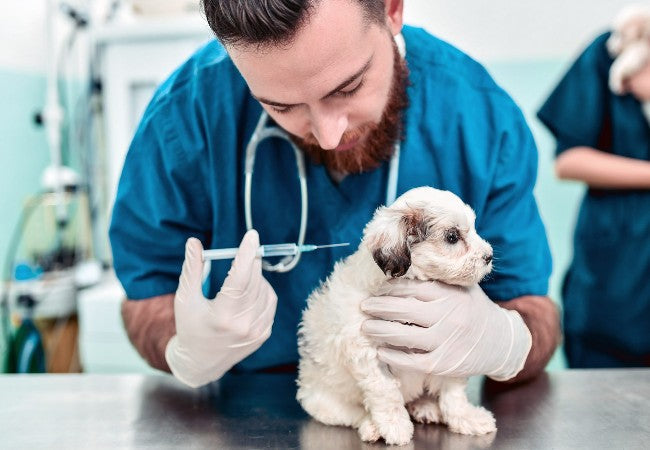Vet Approved Guide: Canine Amebiasis – Causes, Symptoms & 2025 Treatment Strategies 🐶🐾

In this article
Vet Approved Guide: Canine Amebiasis – Causes, Symptoms & 2025 Treatment Strategies 🐶🐾
By Dr. Duncan Houston BVSc
Canine amebiasis—or ameba infection—is a rare but potentially serious disease caused by single-celled protozoa like Entamoeba histolytica or other free-living amebae (Acanthamoeba, Naegleria). Dogs prone to these infections are usually young, immunosuppressed, or exposed to contaminated environments. 🛡️
🌱 How Dogs Get Infected
- Ingesting contaminated water, soil, or feces (common for E. histolytica)
- Exposure of skin, eyes, or respiratory tract to amebae in water or environment, especially with Acanthamoeba or Naegleria
- Puppies and immunocompromised dogs are at higher risk
⚠️ Recognizing the Signs
- Digestive symptoms: diarrhea (sometimes bloody), vomiting, poor appetite, and lethargy in Entamoeba cases
- Respiratory or neurological signs: coughing, wheezing, seizures, circling—seen with systemic Acanthamoeba or Naegleria
- Skin and eye disease: chronic ulcers, redness, discharge, especially near the eyes and skin
🔍 Diagnostic Process
- Physical exam and history of exposure
- Fecal tests with special stains to detect trophozoites or cysts—may need fresh samples
- Colonoscopy and biopsies in severe GI cases
- CSF tap and imaging (MRI) for neurological symptoms
- Skin/eye biopsy or culture for cutaneous cases
🛠️ Treatment Approaches
Antiprotozoal Medications
- Metronidazole: commonly used at 10–25 mg/kg PO daily for ≥5 days
- Furazolidone: alternative (2–4 mg/kg PO every 8 h for 7 days)
- Steroids in severe colitis are used to reduce inflammation, if advised
Supportive Care
- IV or oral fluids for dehydration, especially in diarrhea/vomiting
- Nutritional support and a bland diet during recovery
- Oxygen and hospitalization if respiratory distress or CNS involvement
📈 Prognosis & Follow-Up
- GI-only infections: They often resolve with prompt treatment, though ongoing shedding may occur
- Systemic infections: Involving the brain, lungs, skin, or eyes often carry a poor prognosis, even fatal
- Follow-up fecal exams ensure that parasites have been cleared
- Recheck imaging and testing for systemic infections
🛡️ Prevention Tips
- Provide clean, treated water—avoid stagnant lakes or rivers
- Maintain hygiene: wash paws, skin folds; dry ears and eyes
- Isolate immunocompromised dogs from risky environments
- Promptly address untreated GI or skin issues to avoid opportunistic infections
📱 24/7 Support Tools
- Ask A Vet: Expert guidance on symptoms, testing, and treatment. 🩺
🎯 Final Thoughts
Canine amebiasis is rare, but can range from mild diarrhea to severe, life-threatening illness. Swift diagnostics, protozoal treatment with metronidazole, and supportive care give the best chance, especially for GI-only cases. Always seek veterinary evaluation if your dog exhibits concerning symptoms after drinking from untreated water, playing in soil, or showing progressive signs. 🐾
For confidence and expert support, download the Ask A Vet app today. 📲🐶






